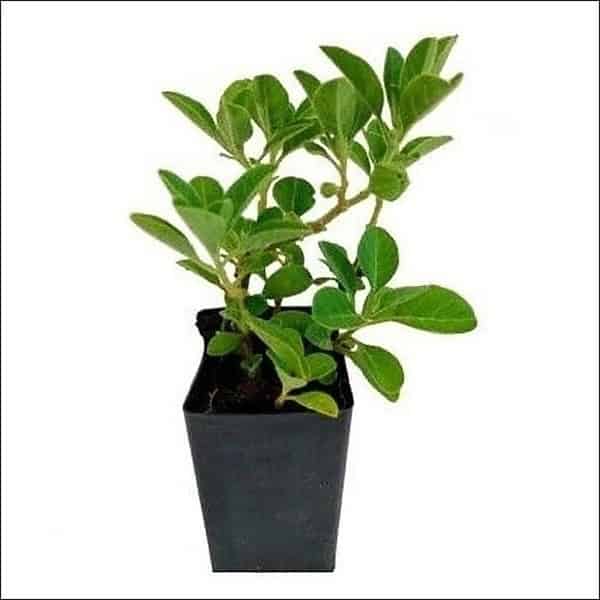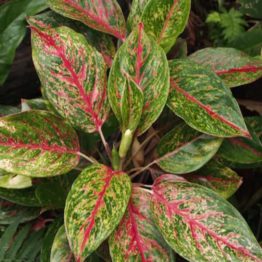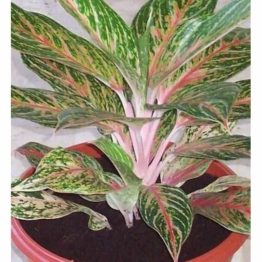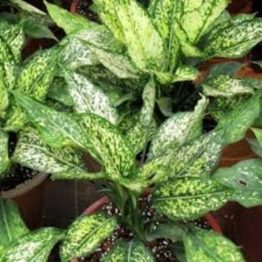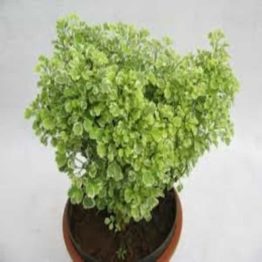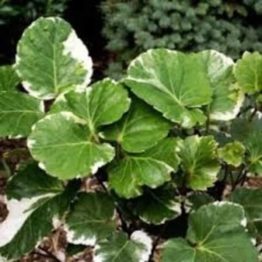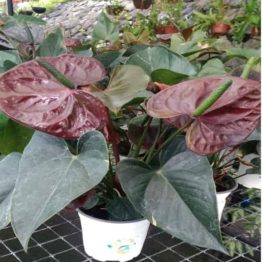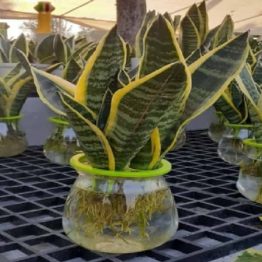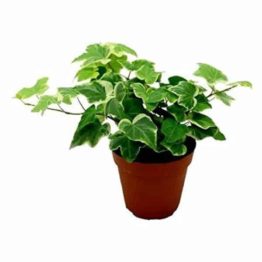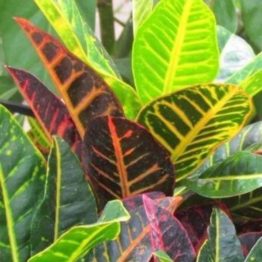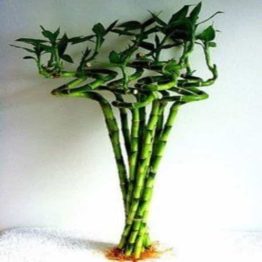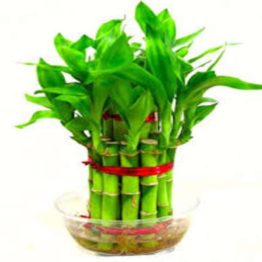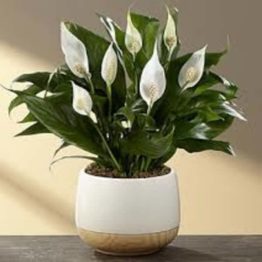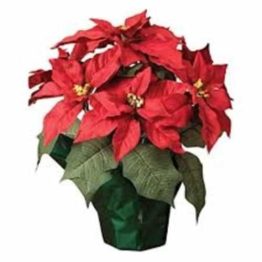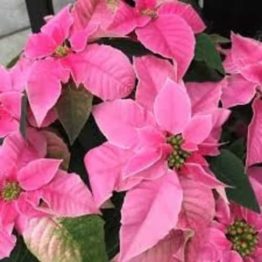Description
Ashwagandha is an evergreen shrub that grows in Asia and Africa. It is commonly used for stress. There is little evidence for its use as an “adaptogen.”
Ashwagandha contains chemicals that might help calm the brain, reduce swelling, lower blood pressure and alter the immune system.
Since ashwagandha is traditionally used as an adaptogen, it is used for many conditions related to stress. Adaptogens are believed to help the body resist physical and mental stress. Some of the conditions it is used for include insomnia, aging, anxiety, and many others, but there is no good scientific evidence to support most of these uses.
Ashwagandha plant is an erect branching growing shrub, with a height up to 1.5 meters. Ashwagandha is a hardy and drought-tolerant plant. Ashwagandha leaves are dull green in color, an elliptic shape, usually up to 10 to 12 cm in length. Usually, the flowers are small, greenish-yellow, and bell-shaped.
The ripe fruit is berry usually an orange-red color.
| Common Name | Asgandh, Nagouri Asgandh, Punir, Winter cherry, poison gooseberry, Indian ginseng |
| Flower Colour | Greenish yellow color |
| Bloom Time | Spring |
| Height Specification | Up to 2 meter |
| Growing Care | Easy to grow |
Medicinal Use
- Ashwagandha boosts the immune system, helps in lowering cholesterol, reducing swelling & pain, regulating blood sugar levels, good for the heart, stimulates collagen & promotes wound healing, reduces depression, stress & anxiety, stimulates the underactive thyroid, increases muscle mass & strength, boosts memory and cognitive performance
- Note: Use only after consulting the specialist
Care for Ashwagandha Plant
- Keep the plant in natural direct or indirect bright Sunlight.
- Poke your finger/plain small stick into the soil to check the moisture.
- Water when topsoil (1-2inches) feels dry to touch.
- Do not re-pot for min. 2 weeks after receiving it
- Do not overwater the plant.
- Water thoroughly in the summer and reduce watering in the winter and rainy seasons.
- Allow the soil to dry out between waterings.
- Also, prepare the soil with fertilizers and plant feed before planting the tree.
- Apply the organic fertilizer.
- Loosen the topsoil without disturbing the roots of the plant so it can uptake nutrients and moisture easily.
- Remove dead, infected, or damaged plant parts and discard them away from the plants.
- For any insect attack or disease, you can use Neem oil, Eucalyptus oil, or Citrus oil spray for primary treatment.
Disclaimer: The image is for reference purposes only. The actual product may vary in shape or appearance based on climate, age, height, etc.
